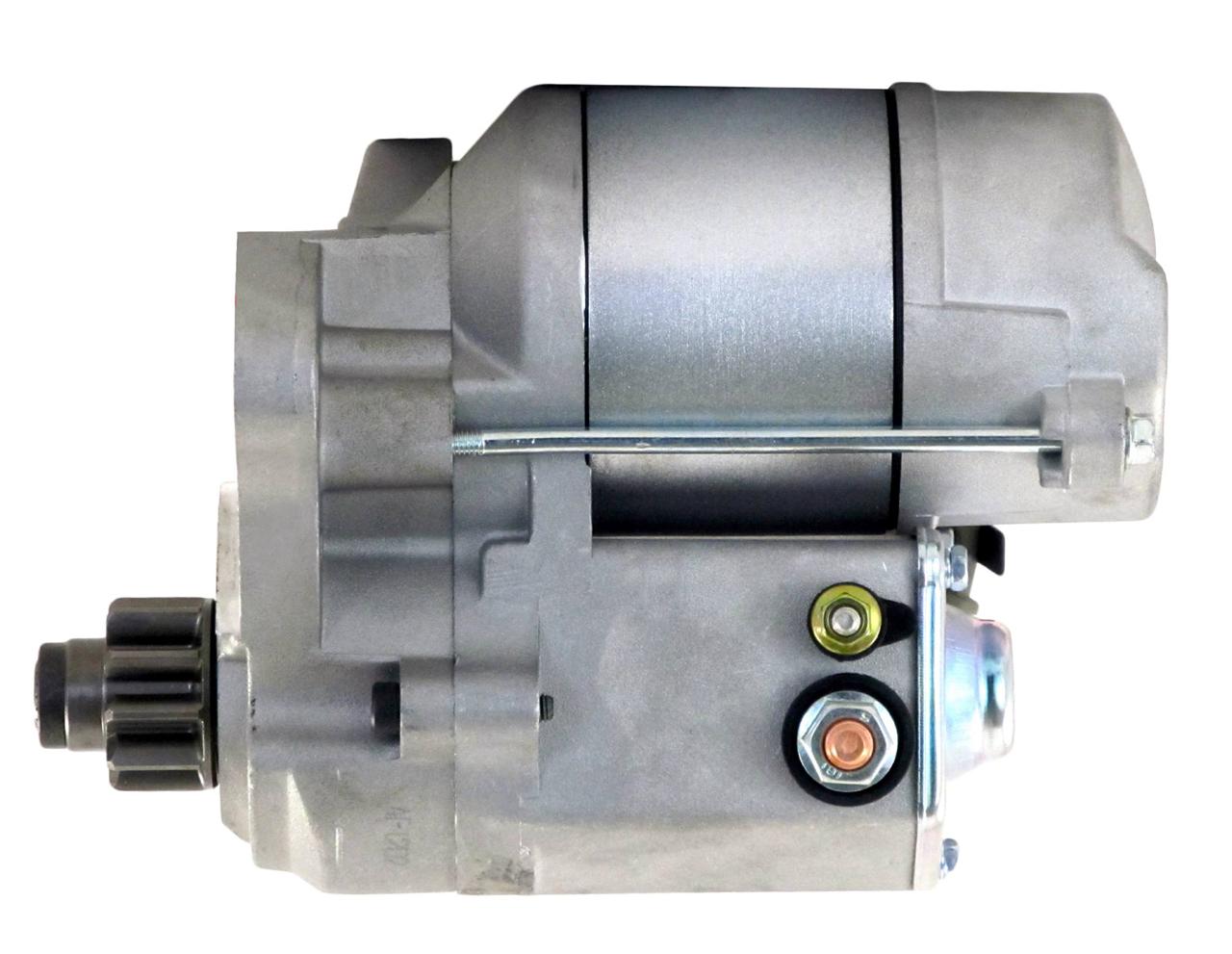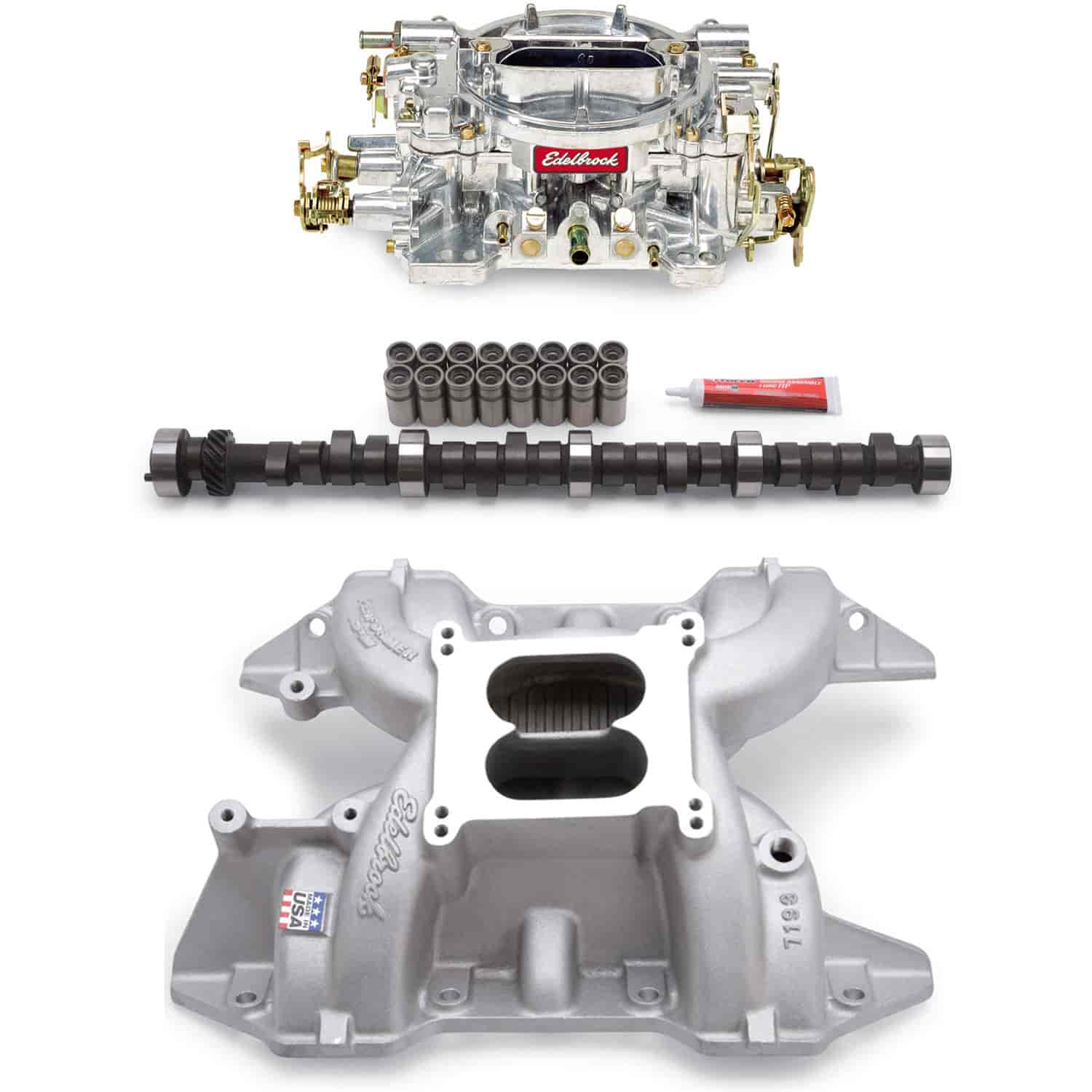Mopar 413 Engine Service Manual
The RB Engines: 383 - 413 - 426 - 440 by David Zatz Chrysler’s first big block V8s were, from the start, designed with a low-deck and raised-deck series — the and the RB (“raised-deck B”). Chrysler standardized the stroke of each series: the B-engines had a 3.38-inch stroke and RB engines had a 3.75 inch stroke. Thanks to Eddie Hostler, Curtis Redgap, and the Mopar Engines and books. The first RB engine was the 1959 413 (6.8 liters), launched a year after the first B 350 and 361 came out. The RB engines were shared by all Chrysler brands, but that still left room for variety, as retired plant worker “Superduckie” wrote: Just in 1969, the big block V8s had around sixty variations. There were 413s with two-barrel carburetors, for school buses and dump trucks.
There were six blocks, five cylinder-head variations, four camshafts, three timing chains, four flywheels, four torque converters, five different oil pans, and many different linkage brackets. It was still easier to manage than the bewildering array of earlier Chrysler V8s. Engine 413 426 440 Bore 4.03 4.18 4.25 4.32 The 413, a high-torque, medium-horsepower powerplant, went into the 1959-65 cars, and 1959-79 trucks. The engine was also.
2017 toyota sienna redesign. Conducted at Chrysler in 1959 Chrysler car Engine 1959 1960 Windsor, Saratoga 47,219 52,349 New Yorker, 300 RB - 413 17,025 20,602 Imperial RB - 413 17,262 17,719 The 413 was quickly adapted to high performance use by racers, including the Pettys, and by Chrysler itself. In its launch year, the 1959 Chrysler 300E used twin four-barrel carburetors to produce 380 brake horsepower at 5000 rpm and 450 lb-ft at 3600 rpm.
Meanwhile, Chrysler engineers had discovered that intake manifolds could create a supercharging effect; air/fuel coming to the cylinder would hit the closed valve, bounce off, and then return, mixing with the rush of incoming air at a higher density (pressure), pushing more fuel and air into the cylinder and effectively increasing the engine’s displacement. The effect was tuned by changing the length of the intake tubes, with 30 inches being “just right” for boosting passing power. That meant a large, heavy intake with two carburetors on opposite sides of the engine from the cylinders they were feeding, and also reduced power at the highest engine speeds. Thus, the 1960 Chrysler 300F and 1961 300G had a long-tube ram induction system, boosting power to 495 pound-feet; it remained on the option sheets for Chrysler 300s through the 1964 cars.
Dodge Ramcharger and Plymouth Super Stock cars could run the 1962, displacing 426 cubic inches; sold for drag racing, it boasted an official 420 bhp at 5,000 rpm. Street legal but not street practical, cars with the same engine booked four class records in 1962 NHRA racing, and made mid-twelve-second quarter-mile runs commonplace.
On NASCAR tracks the long-ram setup was less than ideal, since it traded off power at one engine speed band for power in another, and was difficult to tune, due to the huge manifold. Engine Specifications: 413 V8 as used in Chrysler 300F Bore, Stroke, Compression 4.18 x 3.75; 10.1 to 1 Max. BHP @ RPM 375 @ 5,000 (std) or 400 @ 5,200 Max. Torque @ RPM 495 @ 2,800 (std) or 465 @ 3,600 Firing Order 1, 8, 4, 3, 6, 5, 7, 2 Valve Arrangement Overhead, in-line, hydraulic Valves Intake: 2.08” Exhaust: 1.60”, with 0.430” lift; 268° open duration Valve Overlap 48°: Intake opens 20° before top dead center, exhaust closes 28° after top dead center Piston and Rings Aluminum alloy pistol with three rings Crankshaft Drop forged steel The next step was expanding the bore to 4.25 inches, for a 426 cubic inch displacement, debuting on the 1963 cars. Buyers could get high-performing 300J heads or normal-performance 516 heads.
Mopar 413 Engine Specs
The street-tuned 426 Wedge was a conventional four-barrel setup, with performance not far above the similarly outfitted. The 413 Max Wedge package was replaced by a 426 Max Wedge, sold in Stage II and Stage III versions; these engines, intended for racing, had special blocks, rods, crankshafts, pistons, heads, valves, valve gear, intake manifolds, carburetors and exhaust manifolds.
Ford Vsg-411/413 Engine Service Manual

The 426 was rated by Dodge at 415-425 gross horsepower and 470-480 lb-ft of torque; the 413, at 410-420 hp and 460-470 lb-ft. The new engines dominated NHRA’s Super Stock class and the Stage II motors boosted NASCAR racing wins. Ronnie Cox won Top Stock Eliminator, tying Al Eckstrand’s record of the 112 mph quarter-mile trap speed (in 12.4 seconds for Eckstrand, 12.92 for Cox). Ads for the 1963 Dodge “Ramcharger” V8 pointed to records set by NHRA campaigners in 1962 (with the 413), with Jim Nelson setting a quarter mile time of 8.59 seconds (AA/D), Dick Ladeen hitting 12.71 seconds (SS/S), and Bill “Maverick” Golden getting to 12.50 seconds (SS/SA).


Mopar 413 Engine Service Manual Pdf
An A/FX record of 12.26 in the Golden The 1963 Ramcharger V8s (413 and 426) had numerous performance and reliability features, according to Dodge: How do you identify these engines? Just to the right of the distributor is a bit of smooth steel which has a number code stamped in it. The first line has a letter for the year (D = 1968) and the three digits for displacement (e.g.
The date — month and day — are on a line below, sometimes with an HP denoting High Performance. If you don’t find “tag,” try the passenger side of the block, below the distributor, which is where it sits on B engines.